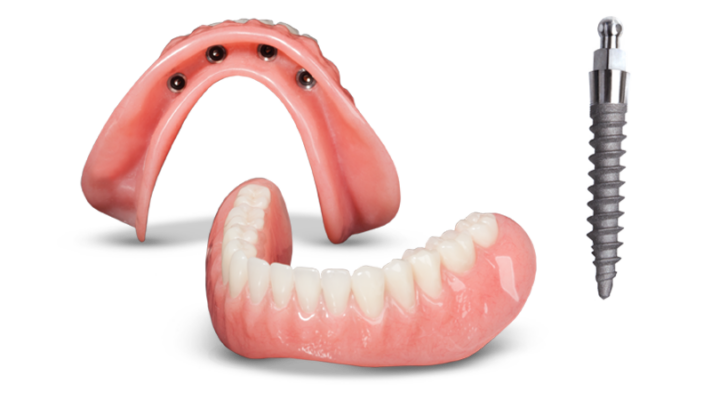What Causes Gum Disease?
In this video, Dr. Robert Harvey explains how bacteria lead to gum disease and bone loss, and how to prevent it.
Gum disease, also known as periodontal disease, is primarily caused by the buildup of bacteria and their byproducts around the gums and bones supporting the teeth. Over time, this bacterial presence leads to the deterioration of both the gum tissue and the underlying bone. Here’s a simplified explanation of how this process can affect your teeth:
Imagine a tooth, extending from the bottom of its root to the top. When you are young, a significant portion of your tooth—perhaps two-thirds to three-quarters—is securely supported by bone, with only a smaller portion visible above the gum line. However, when bacteria accumulate at the gum line, they act as an irritant to the surrounding tissues.
As the bacteria persist, the bone reacts by receding to get away from the irritation. If this process continues—bacteria building up, followed by bone receding—eventually, the structural support for the tooth diminishes. Without sufficient bone support, the tooth can become loose and may ultimately be lost.
The best defense against gum disease is a combination of good oral hygiene practices at home—such as regular brushing and flossing—and professional dental care. Regular dental visits are crucial because they allow professionals to remove plaque and tartar buildup that you can’t eliminate with brushing and flossing alone. By maintaining diligent care and working closely with your dental team, you can significantly reduce your risk of developing gum disease and potentially keep your natural teeth healthy and intact for a lifetime.




